Customized Wasp Control Plans: Long-Term Prevention Strategies

Wasp behavior analysis and environment evaluation are crucial for developing effective customized wa…….
Understanding Wasp Control and Treatment
Wasps belong to the order Hymenoptera, with a diverse range of species that play crucial roles in ecosystems as pollinators and biological pest controllers. However, some wasp species can become pests themselves due to their aggressive behavior or the risk they pose to humans and livestock through their stings. Wasp control and treatment are essential for managing these nuisances and ensuring public safety.
This article delves into the strategies and methods employed in wasp control and treatment, exploring historical contexts, current practices, and future advancements. It aims to provide a comprehensive understanding of the topic, its significance, and its role within the broader context of pest management and environmental stewardship.
Global Impact and Trends
Wasp infestations are a global concern, with varying degrees of impact across different regions. In temperate climates, wasps are seasonal pests, while in tropical areas, they may be present year-round. The impact of wasps extends beyond mere discomfort; they can compromise food safety, disrupt agricultural activities, and pose significant health risks to individuals allergic to their stings.
Global trends indicate a growing need for effective wasp control and treatment methods due to urbanization, changes in climate, and increased human-wasp interactions. Advanced monitoring systems and integrated pest management (IPM) approaches are becoming increasingly common, aiming to reduce the reliance on chemical treatments and minimize ecological disruptions.
Economic Considerations
The economic implications of wasp control and treatment are significant. The agricultural sector suffers losses due to crop damage and contamination, while the healthcare sector bears the costs associated with treating allergic reactions to wasp stings. Additionally, the wasp control industry itself is a substantial market, with investments in research and development driving innovation in non-lethal control methods and alternative treatment solutions.
Technological Advancements
Technological advancements have revolutionized wasp control and treatment. From eco-friendly traps to drone surveillance for early detection, technological solutions are becoming more sophisticated. Biopesticides and natural deterrents are gaining favor over synthetic chemicals, offering safer alternatives that reduce the environmental footprint of control measures.
Future advancements may include genetic engineering to develop wasp strains less likely to become pests or AI-driven systems for predicting and managing wasp populations dynamically. These technologies hold the promise of making wasp control more precise, effective, and environmentally friendly.
Policy and Regulation
Policies and regulations governing wasp control and treatment are diverse, reflecting the global nature of the issue. In some regions, there is a strong emphasis on non-lethal control methods and biodiversity conservation. Regulations often dictate the types of chemicals that can be used, the timing of interventions, and the required safety measures to protect both humans and beneficial insects.
International bodies, such as the World Health Organization (WHO) and the Food and Agriculture Organization (FAO), provide guidelines and best practices for wasp control that align with sustainable development goals. Compliance with these regulations is not only a legal requirement but also a moral imperative to safeguard ecosystems and human health.
Challenges and Criticisms
Challenges in wasp control and treatment include public fear, ecological concerns, and the emergence of resistant wasp populations. Criticisms often focus on the overuse of pesticides, the potential for collateral damage to beneficial insects, and the lack of comprehensive, long-term management strategies.
Addressing these challenges requires a multifaceted approach that includes public education, research into alternative control methods, and the development of integrated pest management systems that consider the broader ecological context. Collaboration between entomologists, environmental scientists, policymakers, and the public is essential to achieve sustainable wasp control outcomes.
Case Studies
Several case studies highlight successful applications of wasp control and treatment. In urban areas, community-based programs have effectively managed wasp populations through a combination of public awareness campaigns, non-lethal traps, and targeted treatments. In agricultural settings, the integration of wasp predators and the timing of interventions have minimized crop damage while preserving beneficial insect populations.
These case studies underscore the importance of tailored approaches to wasp control and treatment and the potential for replicating these successes in different contexts.
Future Prospects
Looking ahead, the prospects for wasp control and treatment are promising, with a focus on sustainable practices and technological innovation. Emerging trends include the use of biotechnology to engineer sterile male wasps for population control and the deployment of advanced data analytics to predict wasp activity patterns.
The future of wasp control and treatment is not only about managing current challenges but also about anticipating and preparing for new ones, such as the introduction of invasive wasp species or the impact of global climate change on wasp behavior and distribution. Strategic investments in research and development will be crucial to navigating these future prospects successfully.
Conclusion
Wasps play an intricate role in our ecosystems, and their control and treatment are critical for maintaining public safety and ecological balance. This article has explored the various aspects of wasp control and treatment, from historical contexts to future prospects, highlighting the multifaceted nature of the issue and the importance of a holistic approach. Through collaboration, innovation, and adherence to sustainable practices, we can effectively manage wasp populations while preserving the invaluable services they provide to our environment.
FAQs
What are the most effective methods for controlling wasp populations?
Effective wasp control involves a combination of non-lethal methods such as traps, baits, and exclusion strategies, along with targeted treatments when necessary. Integrated pest management (IPM) approaches that consider the local ecology are most sustainable.
How do technological advancements contribute to wasp control?
Technological advancements provide more precise and less invasive methods for monitoring and controlling wasp populations, including drones, eco-friendly traps, and data analytics for predicting wasp behavior.
What are the economic implications of wasp control and treatment?
The economic impact includes agricultural losses due to crop damage, healthcare costs associated with treating allergic reactions, and investments in research and development for new control methods. The agricultural sector, healthcare system, and pest control industry are all affected by wasp-related issues.
What policies and regulations govern wasp control and treatment?
Policies and regulations vary by region but often focus on limiting the use of harmful chemicals, protecting beneficial insects, and ensuring public safety. International bodies provide guidelines that align with sustainable development goals.
Can you give examples of alternative or eco-friendly wasp control methods?
Eco-friendly methods include natural deterrents, biopesticides, sterile insect techniques (SIT), and the release of predators to control wasp populations. These methods aim to minimize environmental impact while effectively managing wasp populations.

Wasp behavior analysis and environment evaluation are crucial for developing effective customized wa…….

Understanding wasp behavior through recognizing social habits and nest locations is crucial for effe…….
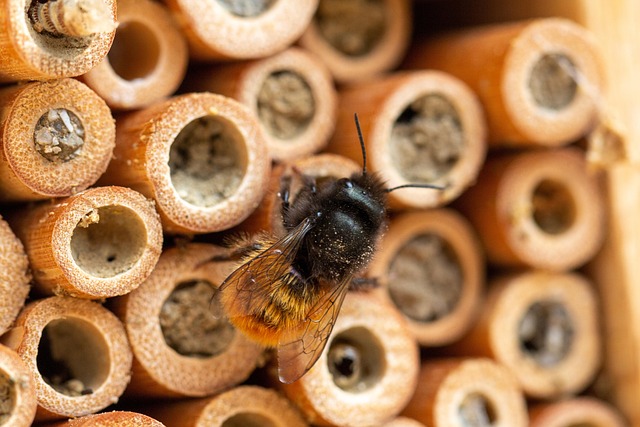
Wasp behavior is driven by food and nest protection, attracted by sweet substances and scents. Preve…….
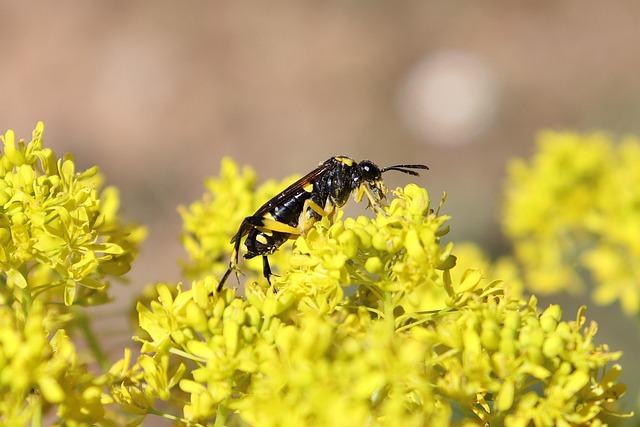
Understanding wasp behaviors, such as their attraction to sweet substances and protein-rich foods, i…….
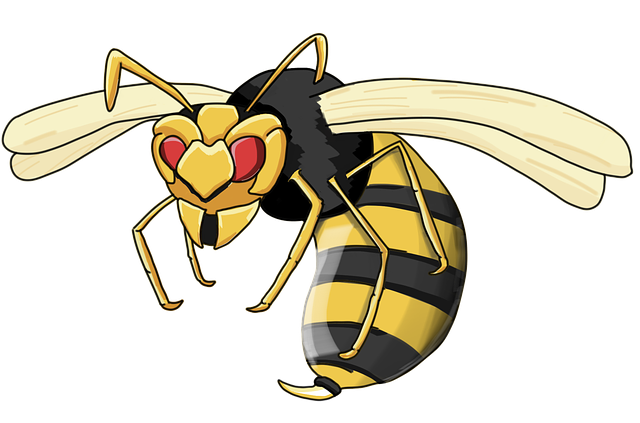
Wasp behaviors, life cycles, and seasonal variations are key factors in designing comprehensive year…….
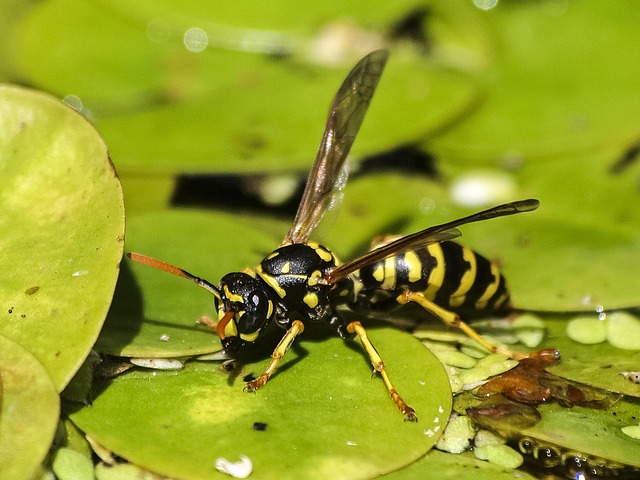
Wasp behavior varies across settings, with residential areas facing risks from aggressive colony def…….

Urgent wasp issues, from nest buildup to swarms, pose risks and require swift professional action. &…….
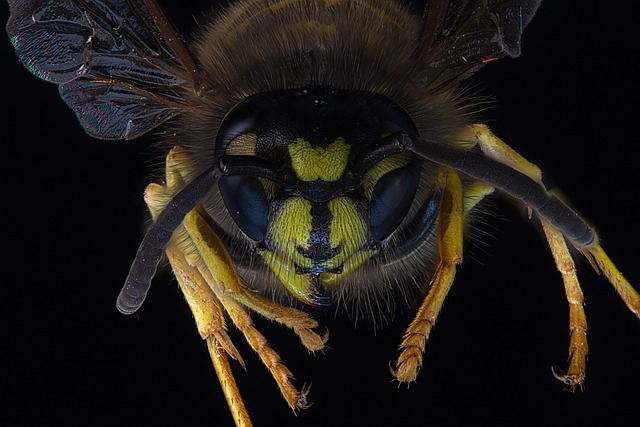
Wasp infestations demand swift, expert intervention for effective professional wasp removal. Underst…….
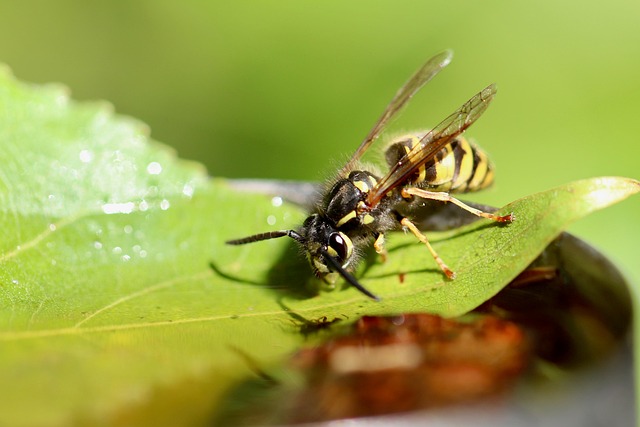
Professional wasp removal experts utilize advanced techniques, combining knowledge of wasp behavior…….
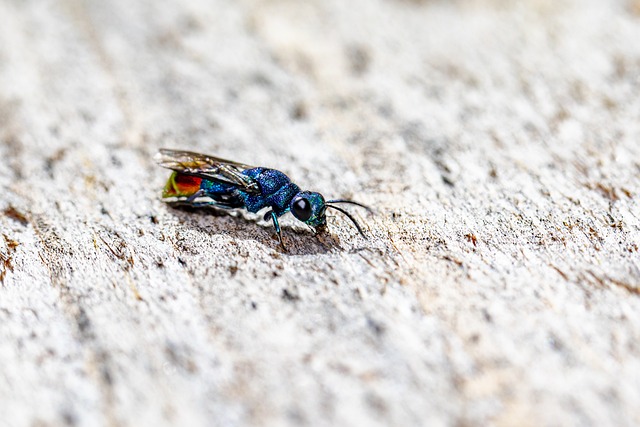
Wasp control services employ intricate mathematical models and formulas to calculate optimal strateg…….